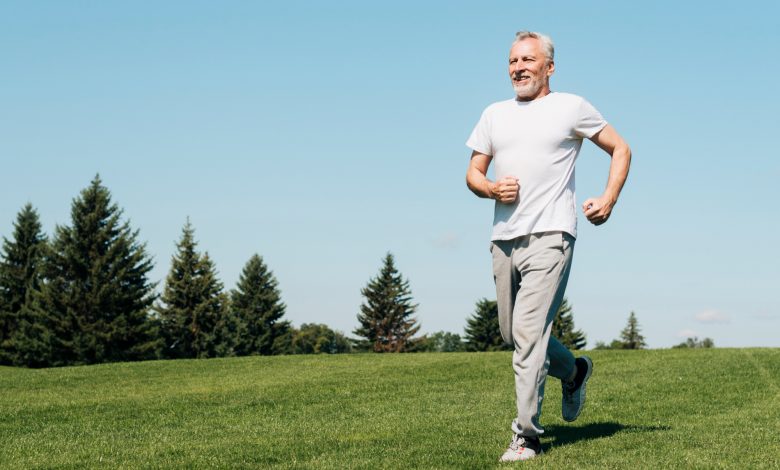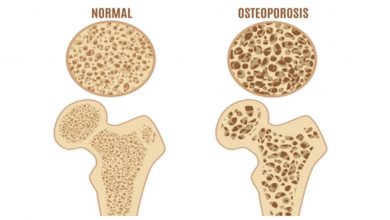4 Benefits of Regular Physical Activity for Senior Citizens

The majority of people know how important physical activity is to your overall health. Staying physically active helps you lose weight or maintain a healthy weight and it can help prevent many diseases and illnesses related to carrying extra weight. You should also try to remain active for as long as you can— even later in life.
Regular physical activity is very beneficial for senior citizens, over those aged 65 and older. Keep in mind that physical activity and exercise aren’t necessarily the same thing— physical activity is simply being active, while exercise is intentional and repetitive. Examples of physical activity include walking, yard work, and even cleaning the house. Examples of exercises approved for older adults include waking, water aerobics, yoga and Pilates.
#1: Improves Mental Health
Mental health issues tend to be associated with the younger population, but they can actually affect the older population as well. Feel-good hormones such as endorphins, serotonin, and dopamine are released when we’re physically active. These hormones also help regulate normal sleeping patterns, as sleep disorders are another type of illness that can affect older adults as well.
Exercises for the elderly, such as walking, can be a great physical and social activity. Oftentimes, older adults suffer from loneliness, so exercising in groups can help combat this. Excessive loneliness, especially in older age can lead to depression— and depression often goes unnoticed in this age group.
#2: Prevents Various Diseases
Regular physical activity can help prevent several age-related illnesses, such as type 2 diabetes, high blood pressure, and high cholesterol— all of which can lead to heart disease. Light exercise can also help boost the immune system, which is important because older adults tend to have compromised immune systems, making them more susceptible to illnesses.
Regular exercise also benefits cognitive function. Dementia (which includes Alzheimer’s disease, Huntington’s disease, and Parkinson’s disease), is a pretty common age-related illness that affects memory and other brain functions. Some research suggests that elders who engage in physical activity can lower their risk of developing dementia.
#3: Risk of Falling Decreases
In addition to age-related diseases and a weakened immune system, older individuals are also at risk for falling. Senior falls are the number one preventable cause of death in the elderly. Senior citizens are more likely to have a fall due to weakened joints and bones, and because of this, their falls are more likely to result in broken bones or even death.
Exercising helps strengthen the muscles and the bones, especially weight-bearing exercises and stretching. Improving strength and flexibility not only strengthens joints and bones, but it also improves balance— which can help prevent falls in the first place.
#4: Your Mobility Remains Intact
As we age, our mobility decreases, and decreased mobility makes it harder to perform ADLs (activities of daily living). These include basic, everyday tasks such as eating, grooming and personal hygiene, and toileting.
Limited mobility is one of the main reasons elderly individuals are placed in assisted living facilities— because they are no longer able to take care of themselves. This is very unfortunate for two reasons: #1 Nursing home staff often engage in the abuse and neglect of their patients and #2: More often than not, decreased mobility can be prevented. Engaging in regular physical activity— combined with a healthy and balanced diet— can help you maintain the majority of your mobility throughout your later years.
Even if you’re already experiencing limited mobility, it’s still possible to engage in physical activity. It’s important to stay active, and you can do this by moving around in your home and taking short walks through your neighborhood. You can even engage in structured exercises with limited mobility, such as chair yoga and water aerobics— which takes a lot of stress off of the joints and bones, while strengthening them at the same time. It’s important to make sure that you don’t injure your bones, joints, or muscles when exercising.
It’s never too late to start exercising, so if you’re already over the age of 65 you can still benefit from getting more physically active. However, no matter what age you are, make sure that you consult with your healthcare provider before starting any type of exercise program. Doing more than what your body can handle will do more harm than good to your body. You want to be as safe as possible when exercising, and it’s important to start small and then work your way up to more challenging exercises.




